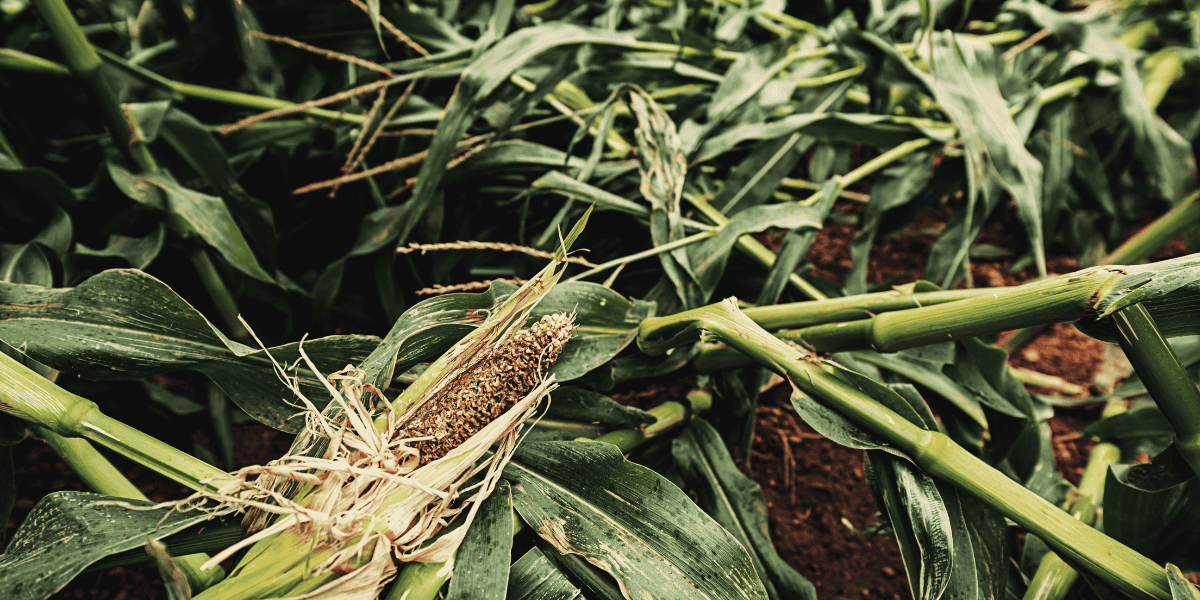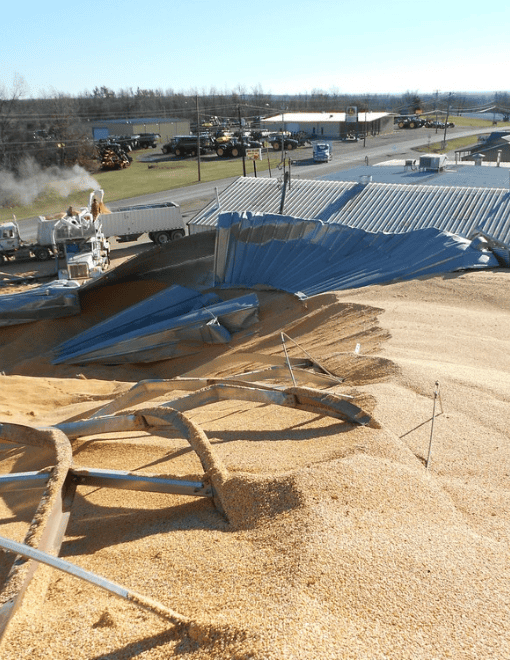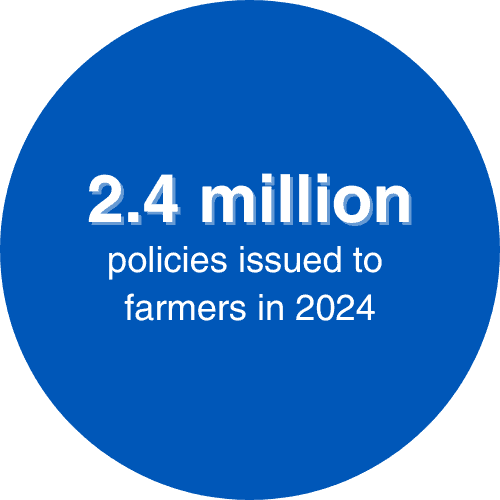
Crop Insurance 101
Farming comes with uncertainty. Weather, pests, and market changes can threaten your harvest and your livelihood. That’s why crop insurance exists — to give farmers a safety net when the unexpected happens. Whether you’re new to farming or simply want a refresher, this guide breaks down the basics of crop insurance and why it matters.
✓ TYPE #1
Yield Protection (YP)
Yield Protection covers losses when your harvested yield falls below the expected average due to natural causes like drought, flooding, or hail.
- Best for: Farmers focused on safeguarding production levels.
- Advantages: Simple coverage that protects against yield shortfalls. Premiums are often subsidized.
- Drawbacks: Doesn’t account for price drops — only yield losses.
✓ TYPE #2
Revenue Protection (RP)
Revenue Protection insures both crop yield and market prices, making it one of the most popular choices for row crop producers.
- Best for: Farmers who want income protection against both weather and market volatility.
- Advantages: Provides financial stability by covering yield loss and price decline.
- Drawbacks: Premiums are generally higher than Yield Protection.
✓ TYPE #3
Whole-Farm Revenue Protection (WFRP)
Whole-Farm Revenue Protection covers all the crops and livestock revenue on your farm under one policy, rather than insuring each crop separately.
- Best for: Diversified farms growing multiple crops or raising both crops and livestock.
- Advantages: Flexible coverage that adapts to diverse operations; protects total revenue.
- Drawbacks: More complex to set up and requires detailed record-keeping.
✓ TYPE #4
Pasture, Rangeland, and Forage (PRF) Insurance
PRF insurance is designed to protect livestock producers and hay growers against the risk of forage loss due to lack of rainfall or drought conditions.
- Best for: Cattle, hay, and forage producers relying on consistent pasture growth.
- Advantages: Helps stabilize feed costs, uses rainfall index data for payouts, no on-site inspections required.
- Drawbacks: Coverage is limited to weather patterns (precipitation), not actual yield or forage quality.

Rely on West Side Salvage
Crop insurance protects your finances. West Side Salvage protects your harvest. Our emergency grain salvage services help minimize losses when storage failures happen.
How to Get Started with Crop Insurance
- Evaluate your risks– What crops are the most vulnerable on your farm?
- Research available prices– Different programs may be better suited for your operation.
- Talk with a certified insurance provider– They can help you choose the right plan.
- Review annually– Adjust coverage as your farm grows or conditions change.
Why Crop Insurance Matters
- Financial security during unpredictable seasons.
- Stability for loan requirements, since lenders often require coverage.
- Peace of mind, knowing you have protection against events you can’t control.



Protecting Your Farm Beyond Insurance
Crop insurance is one layer of protection, but farm safety and preparedness are just as important. That includes maintaining grain bins, planning for emergencies, and having experts on call when things go wrong.
Final Thoughts
Crop insurance provides farmers with an essential safety net against unpredictable risks. While it helps protect your finances, you also need a plan to safeguard your harvest and storage.
At West Side Salvage, we’re here to support farmers when emergencies happen. From silo failures to grain rescue situations. Just as crop insurance helps protect your income, we help protect your harvest when the unexpected strikes.
Contact West Side Salvage today to learn how we can support your farm’s emergency response needs.
Contact Us
NOTE: We work in the AG business, with bins and silos, grains, and other food commodities. We do not salvage cars.
"*" indicates required fields